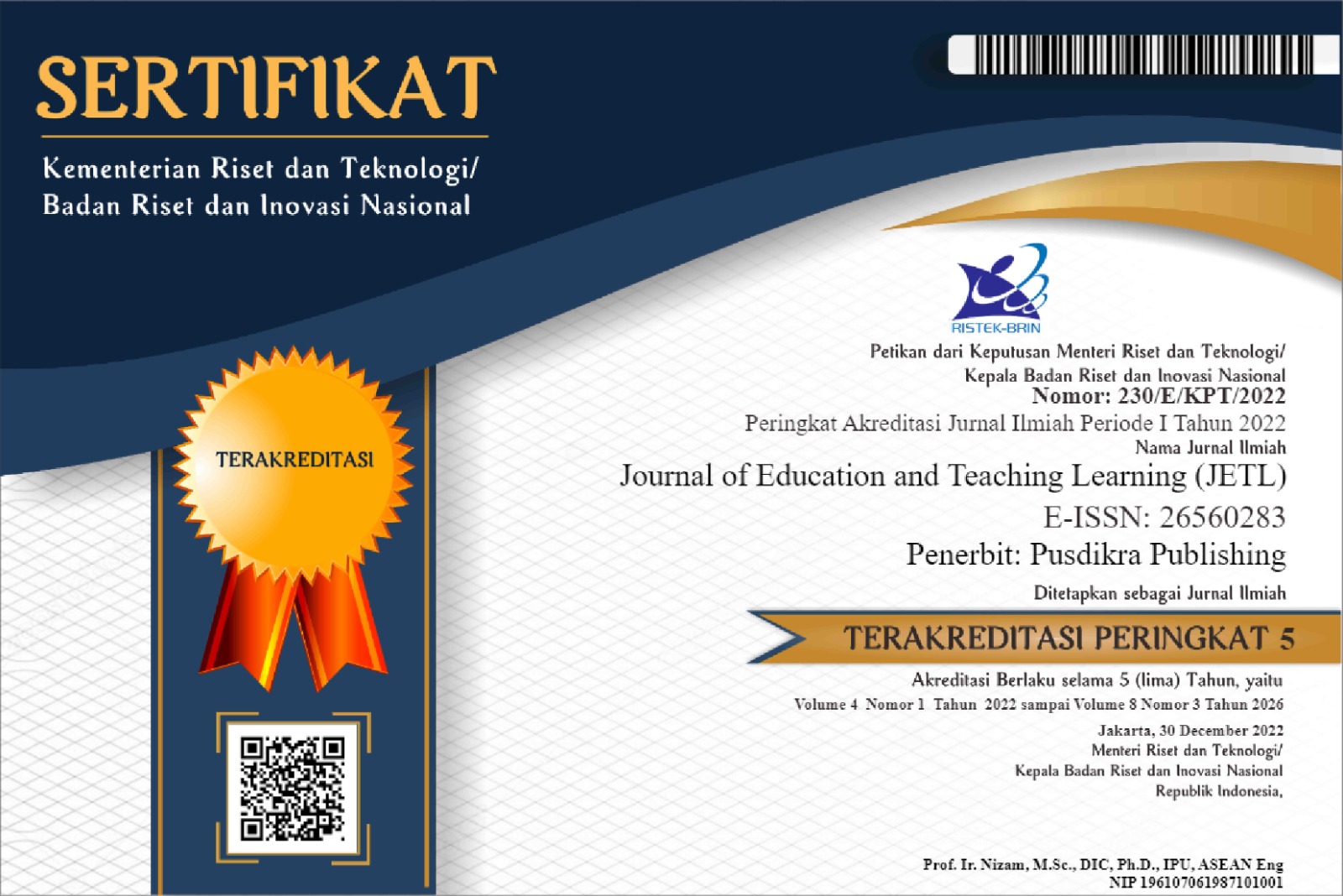Strengths, Weaknesses, Opportunities, And Threats (SWOT) Analysis In Islamic Educational Institutions
DOI:
https://doi.org/10.51178/jetl.v5i1.1081Kata Kunci:
Strengths, Weaknesses, Opportunities, Threats, and Islamic EducationAbstrak
The problem of education is not a new problem in the world of education in Indonesia. Based on the problem of education is also faced by Islamic educational institutions. This attention cannot be separated from the historical roots of Islamic educational institutions that gave rise to madrasas and schools. In line with the demands of the times, Islamic educational institutions also developed. The problems that arise are both in the form of internal and external factors. Internal factors, for example, are related to the curriculum, educators, education participants and others, while external factors are social factors (society), government and related parties. In terms of measuring the level of success, strengths and weaknesses in strategic management, a SWOT analysis is one of the alternatives used in analyzing educational management. In this study, it deliberately used qualitative research methods. Educational institutions as public organizations need professional management, need to do analysis and consider the possibilities that will be faced in the organization. The concept of strategic management is used in education to further streamline existing resources in order to achieve educational goals by using the SWOT analysis technique.
##submission.downloads##
Diterbitkan
Cara Mengutip
Terbitan
Bagian
Lisensi
Hak Cipta (c) 2023 Authors and Journal of Education and Teaching Learning (JETL)

Artikel ini berlisensiCreative Commons Attribution-ShareAlike 4.0 International License.




